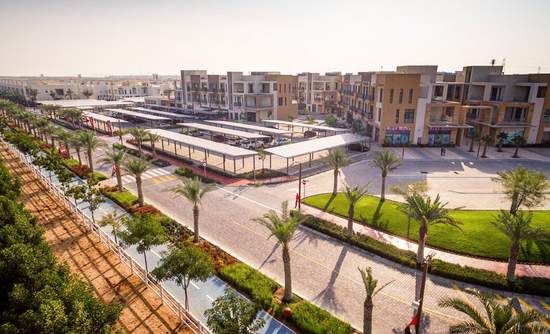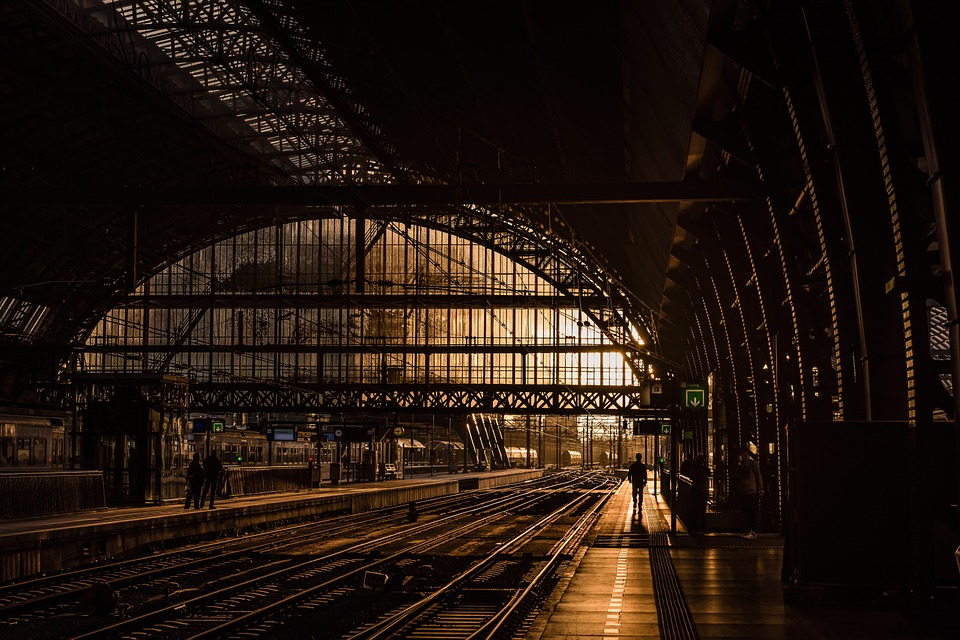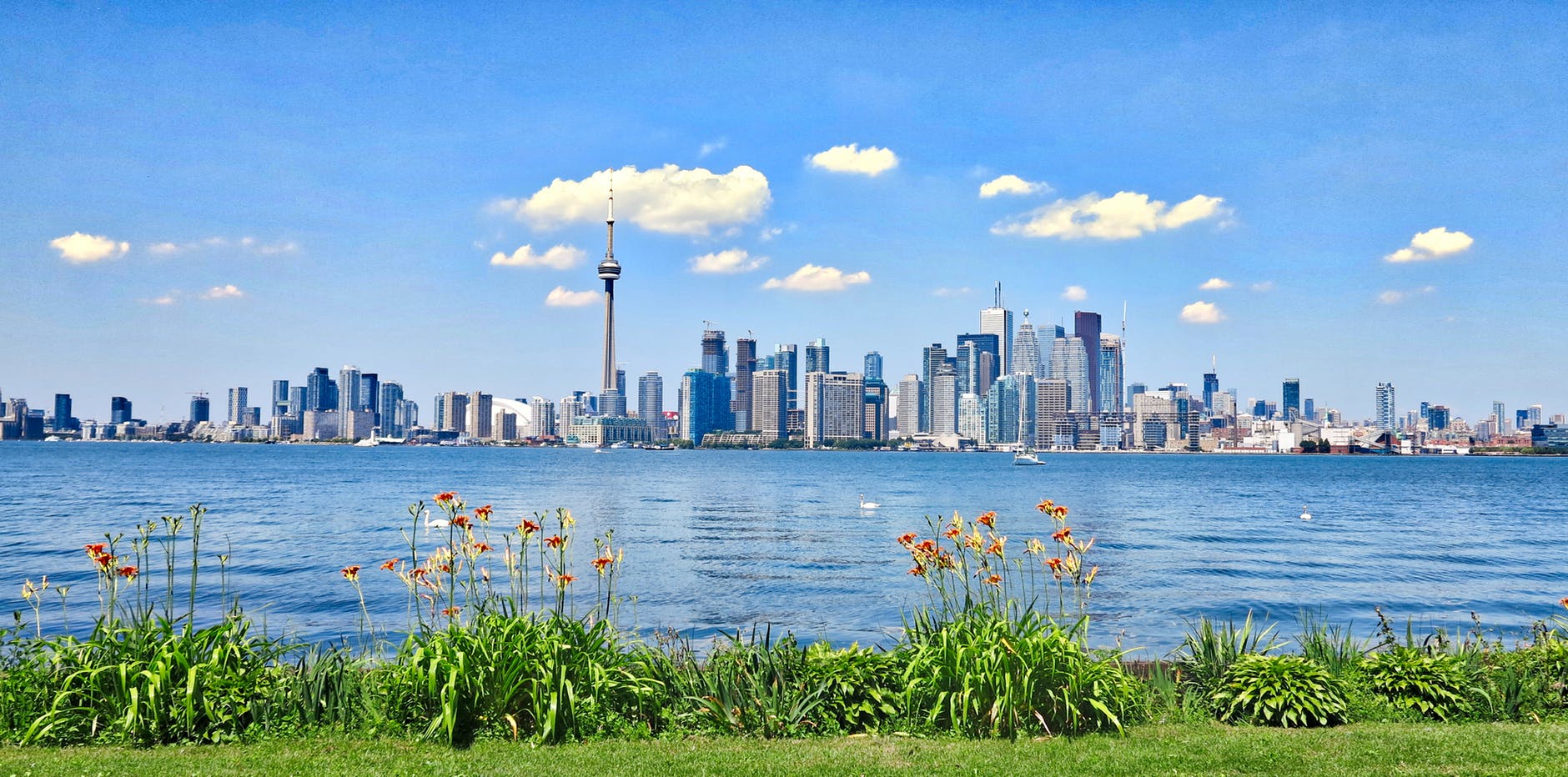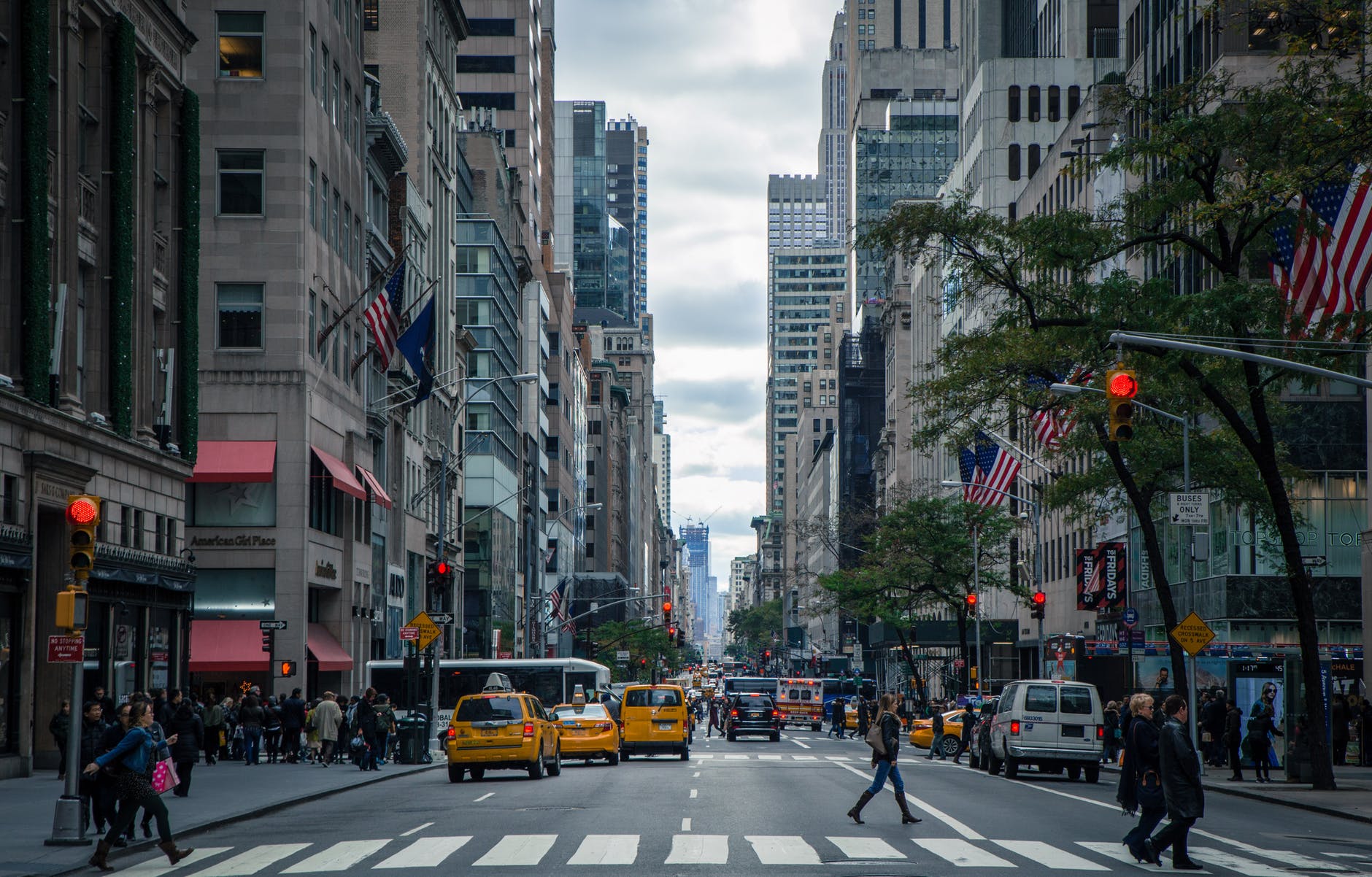Could Dubai’s $350 million sustainable supercity work in New York?
When judged from a distance, Dubai doesn’t exactly embody a shining example of sustainability.
The most populous city in the United Arab Emirates is a glittering, luxurious metropolis in the middle of a barren desert. It demands power and burns resources as-needed — and it needs a breathtaking amount. According to Reuters, three-quarters of all electricity produced in the UAE is used to cool buildings across the emirates and ensure that residents stay fresh, thriving and entertained.
The use of those resources can be mind-boggling. Consider Ski Dubai as an example; with just a short trip downtown, city residents can trade their light clothing and sunglasses for ski parkas and snow boots and revel in wintertime fun. On Ski Dubai’s indoor mountain, air conditioners work around the clock to maintain the slopes’ winter-wonderland illusion in a place where summer temperatures routinely top 113 degrees Fahrenheit.
For National Geographic journalist Robert Kunzig, Dubai’s ski slopes are just a symbol of Dubai’s unsustainable approach. “Dubai burns far more fossil fuel to air-condition its towers of glass,” he writes. “To keep the taps running in all those buildings, it essentially boils hundreds of Olympic pools worth of seawater every day. And to create more beachfront for more luxury hotels and villas, it buried coral reefs under immense artificial islands.”
And yet, despite the almost comic lack of sustainable thought that these day-to-day realities reveal, Dubai might just be on-track to outpace Western hubs in their collective race towards a green future. Only 15 miles away from the resource-gobbling slopes of Ski Dubai, a new — even opposing — philosophy has laid its first metaphorical bricks.
Now for something completely different
Dubai’s Sustainable City is an icon of sustainability. First established in 2015, the $354 million mega project aims to limit its negative environmental impact as much as possible and to become a net-zero settlement that produces all of the (renewable) energy it needs to run day-to-operations.
Today, the community encompasses 113 acres, 500 villas and over 3,000 residents. Every home in the settlement has a solar panel on its roof. Residents are permitted to use public transport and electric vehicles; however, gasoline-powered cars are banned outright from most neighborhoods. Rather than offering traditional fuel stations, the community hosts charging stops.
The environmental benefits of these and other sustainability-minded designs are inarguable. Analysts indicate that the average annual water consumption in Sustainable City is roughly 40 percent lower than an equivalent metric in Dubai proper. Similarly, electricity costs for the settlement are a whopping 40 percent less than the city’s green building standards require. According to a Khaleej Times report, the settlement has limited its carbon footprint by 150 tons of carbon dioxide per year by using biodiesel during construction.
The community’s approach to sustainable living also has had a significant impact on waste management. As writers for Energy Central recently reported, “Because of recycling, the average waste generation at [the Sustainable City] is only 1.17 kilograms per person per day, which is 60 percent lower than the average. With this, [the city] has successfully diverted 85 percent of its waste from landfills.”
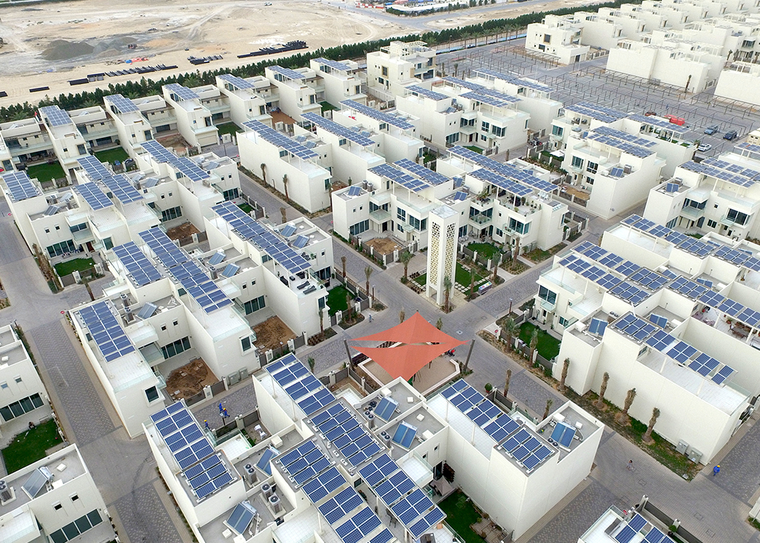
Every home in the settlement has solar panels on the roof.
Taken together, these reports prove that a sustainability mindset can power an urban community — literally. Its very existence pushes those of us overseas to wonder if similar projects might find the same success in our backyards.
“The Sustainable City cannot end here,” Karim el-Jisr, chief innovation officer for the Sustainable City Institute, told Euronews last February. “Unless we see another 1,000 Sustainable Cities, we will not make a difference to the planet. A true measure of our success is not what you see [in Dubai], but […] replication by others and by ourselves.”
So, this begs the question — if a sustainable community can spring up inside a city as notoriously environmentally unfriendly as Dubai, shouldn’t a similar project work near a city such as New York City, which is already relatively green?
A tale of two cities
Unfortunately, the issue isn’t that simple. While New York undoubtedly could benefit from the car-free neighborhoods, energy-efficient buildings and recycling-centric resource management policies that the Sustainable City model offers, the likelihood of such a community springing up in the five boroughs is close to nil.
Unlike Dubai, New York City is already heavily built up. While Dubai has the space — and resources — to construct an environmentally friendly neighborhood from the ground up, New York definitively does not. The space issue aside, Dubai has put years of effort and hundreds of millions of dollars in public and private funding towards building Sustainable City. Needless to say, New York City is not in a position to contribute the same.
As Alessandro Melis, an architecture professor at the University of Portsmouth in the United Kingdom, put the matter for Reuters, “[Projects such as Sustainable City] are good experiments that can tell us many things, but at this moment in time it would be more important to focus on how we can transform the urban fabric that we already have.”
New York won’t be able to host a separate community the way that Dubai can — but it may be able to make a similarly effective change from within its existing framework.
It is worth noting that the city already has a robustly sustainable foundation; in 2016, New York ranked as the 26th most sustainable city in the world on the Arcadis sustainable index. This ranking is partially due to the city’s robust public transportation system and existing sustainability measures.
However, more can and should be done. It seems likely New York will undergo a sustainability retrofit in upcoming years, especially given recent legislative moves. Last year, the city passed the Climate Mobilization Act, which, as of last month will mandate that all buildings larger than 25,000 square feet post their energy efficiency grades near public entryways. In 2024, these rules will become even stricter, imposing fines on those that fall below a certain grade.
Writers for City Lab further report that the Climate Mobilization Act will institute a “Fossil Fuel Cap.” They write, “The cap will require buildings to be upgraded or retrofitted with things like more energy-efficient heaters and boilers, as well as solar panels and windows that reduce heat loss in the winter and heat gain in the summer.”
Taken together, this new legislation shifts the responsibility — at least in part — for reimagining a sustainable New York onto property owners. This choice poses a few challenges; unlike in Dubai, where efforts were coordinated and funded under one overarching vision for a sustainable community, New York’s sustainability efforts will be moved forward by a disjointed cohort of property owners as they abide by new legislation. It’s an ironically inefficient means to go about achieving sustainability, even if the government does offer some financial incentives to adopt sustainable building practices (PDF).
However, these roadblocks will not stop New Yorkers from achieving sustainability on par with Dubai’s Sustainable City. While a lack of resources and space prevents New York from mimicking the UAE’s cohesive approach to building sustainable communities, it does have the ability to retrofit and innovate within its existing urban framework.
Unlike Dubai, New York’s sustainability efforts won’t be an addition to its borders, but an evolution within them. It will be different, for sure, and perhaps take longer to achieve its sustainability goals — but the end result will be no less beneficial to the environment.
Originally published on GreenBiz
